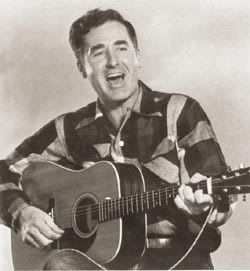Like all art forms film has amassed a number of cliches. There are many reasons why certain cliches are used more often than some; oftentimes cliches are used as shortcuts to convey thoughts, emotions, and information more economically, but then their are those cliches that are utilized just for the baggage they carry with them.
The Wilhelm Scream was first used in 1951 for a Raoul Walsh picture, Distant Drums, which was released on December 25th of that year. What would later be called the Wilhelm Scream was labeled by Warner Bros. sound engineers as "Man being eaten by alligator."
It was not until several decades later that the sound effect would be known as the Wilhelm Scream. Over the several decades since it was first used in 1951 the Wilhelm Scream has been used in at least 160 movies.
The main reason why the public has any knowledge of this particular sound effect is due to all the work of sound designer Ben Burtt who managed to find the original recording and first used it in a scene in Star Wars Episode IV: A New Hope. Burtt is also responsible for renaming the sound effect from "Man being eaten by alligator" to Wilhelm Scream for a character named Private Wilhelm in the 1953 film, The Charge at Feather River, who emits the scream after being shot by an arrow.
One question that many feel hasn't been answered is who recorded the Wilhelm Scream. During his research Burtt looked through piles and piles of Warner Bros. documents and believes that it is singer Sheb Wooley, known for the song "Purple People Eater", who most likely recorded the sound effect while he worked as an actor on Distant Drums.

With all of Ben Burtt's work more and more sound designers are using the Wilhelm Scream in productions that they are working on. It has become an inside joke with sound engineers to incorporate it into films and television shows trying to stump their peers if they can spot its use. Audiences however may not recognize the sound effect from one movie to another, they most likely could care less, but this sound effect has had quite a career and it would be wrong to ignore its story.











